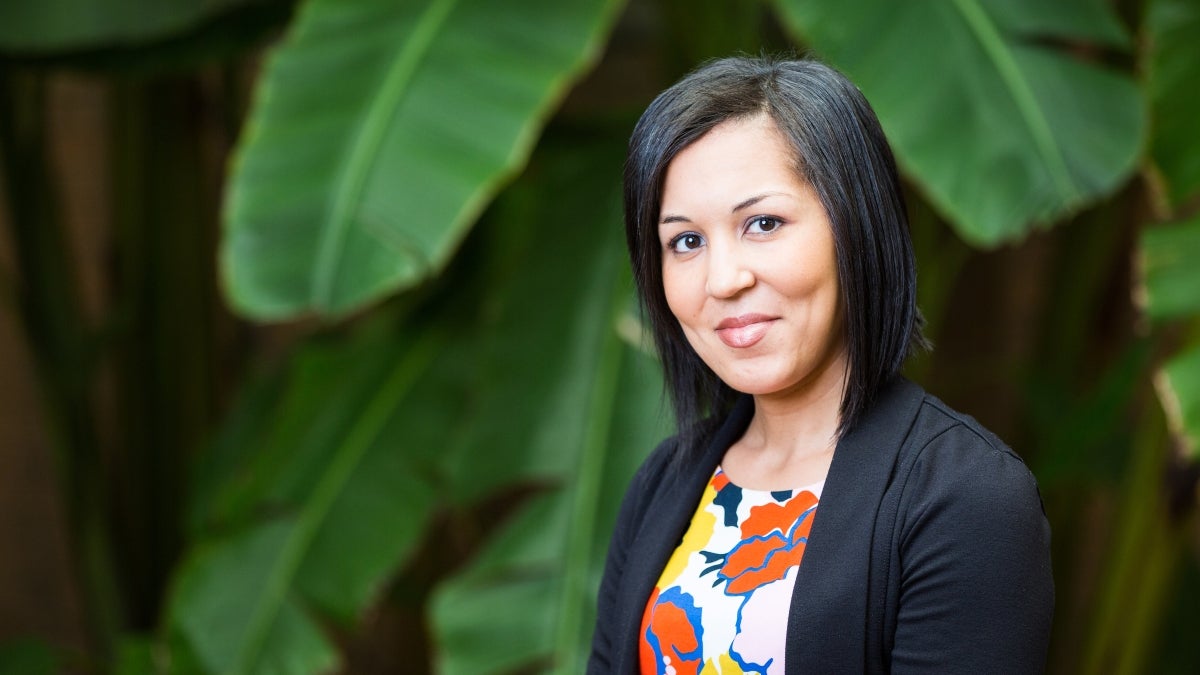Bringing citizenship to the classroom

Editor's note: This is part of a series highlighting new faculty members at Arizona State University. Find a complete listing of new 2015-2016 faculty here.
A year ago, Arizona was the first state in the country to require students to pass a civics testStarting with the class of 2017, students must correctly answer 60 of the 100 questions on the U.S. Immigration and Naturalization civics test in order to receive a high school diploma in Arizona. They can begin taking the online test in eighth grade. in order to graduate from high school.
That’s both good and bad news to Amanda Vickery, a new assistant professor of elementary social studies education at the Mary Lou Fulton Teachers College at Arizona State University.
“On the one hand, in traditional curriculum we’re seeing the disappearance of social studies. I’m hopeful this (test) means more focus, more funding and more attention on social studies.
“The other side is that can we really reduce citizenship to passing a test? It’s troubling to reduce participation as a citizen to this prescribed body of knowledge.”
Vickery, who came to ASU in the fall semester from Texas, is passionate about keeping social studies in the K-12 classroom.
“In elementary and middle schools, we’re seeing social studies being left out or alternated with science, being taught every other month or whatever,” she said.
Vickery teaches ASU students who will become elementary school teachers. Last semester, she asked them about their memories of learning social studies. It wasn’t inspiring.
“Basically it’s rote memorization, lectures, reading a textbook,” she said.
“We need to move away from the teacher-centered way of teaching history, move away from lectures, and give students primary sources and teach them to construct the narratives for themselves,” said Vickery, a former elementary and middle school teacher.
She’s especially enthusiastic about the “technology infusion” initiative at the teachers’ college, in which students are taught to include technology as part of the lessons. That means having students tell the story of Rosa Parks or the first Thanksgiving using smartphone apps, podcasts or story-building software.
“We want to move away from the thought that students are empty vessels,” she said.
Both teachers and students bring their backgrounds to the classroom, and that can shape the lessons. Vickery, who is biracial, has researched how African-American teachers’ experiences affect their teaching of citizenship. She found that they teach it as a concept of community rather than a checklist of patriotic acts like voting.
“Citizenship is community, and they’re trying to promote this idea of belonging and how all students can belong,” she said.
That’s an important concept in the current political climate.
“I think as a researcher and a teacher it’s interesting to see how the discourse of citizenship has shifted. Now we see certain people are ‘other’ based on the inflammatory rhetoric of politicians and others,” Vickery said.
“We need to teach the leadership aspects of citizenship.”
Photo by Deanna Dent/ASU Now